Paul French on his just-concluded tour of Georgia: Autumn Migration along the Black Sea
Georgia was outstanding. The first day’s highlight was a fair number of raptors – well, I suppose I should temper my penchant for understatement so how about 88,000 Honey Buzzards and for good measure 3000+ Black Kites and almost 200 Booted Eagles…and three Pallid, 59 Montagu’s and 128 Marsh Harriers…and I suppose I should mention the Lesser Spotted and Short-toed Eagles, Levant Sparrowhawks, and Steppe Buzzards and even two Crested Honey Buzzards…and oh yes about 150 Rollers in small groups.
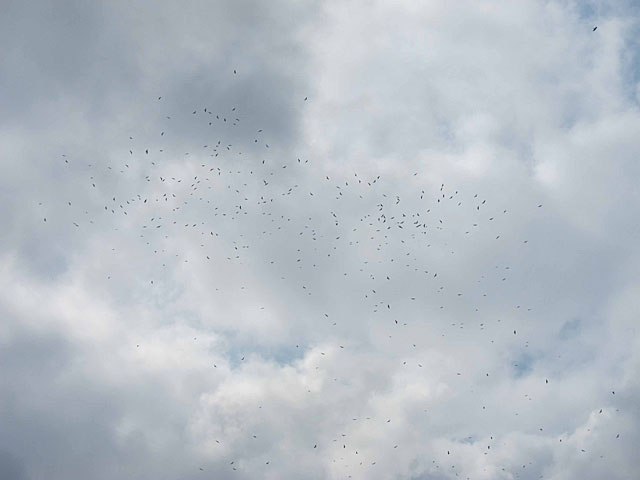
A tidal wave of Honey Buzzards..
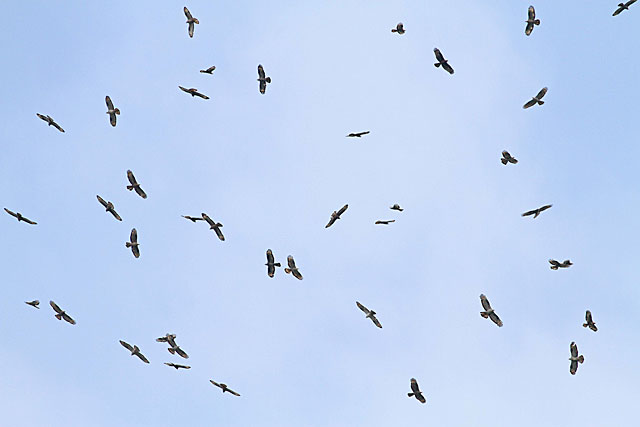
Many of whom were close
Away from raptors, we explored the Chorokhi delta area south of Batumi over the four days we were there. A small pool on the edge of the delta proved to be one of the unexpected gems of the trip; while trying to shelter from the heavy rain, we found a brace each of Little Crakes and Water Rails creeping around in the vegetation choked pool and the next day revealed an incredible nine Spotted Crakes, four Little Crakes, a Baillon’s Crake and eight Water Rails!
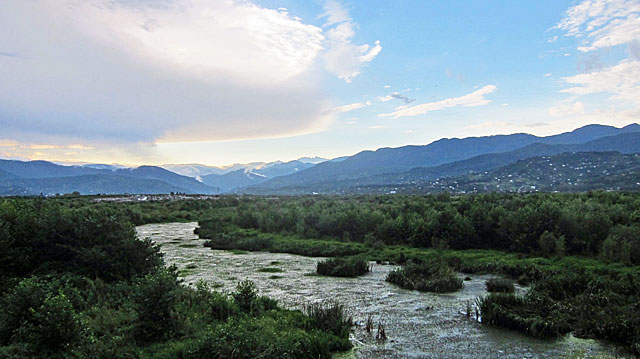
The Crake magnet
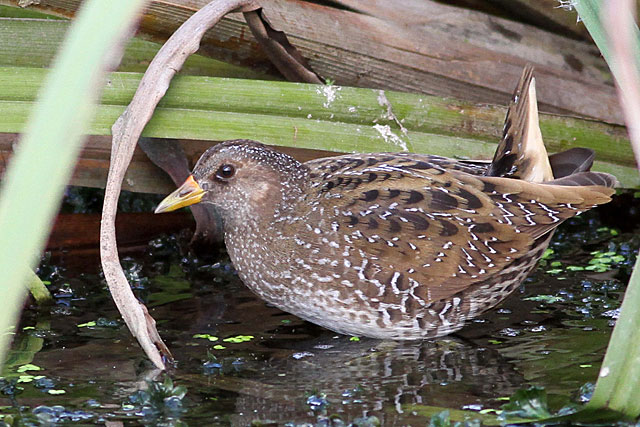
An accommodating Spotted Crake
As if this wasn’t enough, a “fallout” of five Caspian Stonechats occurred, a Savi’s Warbler was found showing out in the open in a small tree, a Paddyfield Warbler showed well and a Blyth’s Reed Warbler was photographed! An amazing selection of species in a tiny area, and proof of the power of rain to down tired migrants. This was also our best shrike day, with at least 15 Red-backed logged, plus two Lesser Greys. The raptor passage was fairly quiet again and the Honey Buzzard stream was pretty distant today, but we did get about 1000 (!) Bee-eaters migrating past us, along with over 3000 Black Kites again and a bonus White-tailed Eagle.
Our last morning in Batumi came too quickly, but after another quick look at the migrant spots, we headed inland along the Chorokhi River and up into the Lesser Caucasus. After a hearty lunch along the way, we arrived at the high pass (altitude approx. 2100m) and almost immediately found Krüper’s Nuthatch and a couple of samamisicus Redstarts. A small group of Red-fronted Serins tinkled around the small holdings at the pass, as did the local and distinctive races of Linnet and Black Redstart. At the impressive Zekari Pass we failed to find the enigmatic Caspian Snowcock, although we heard them, We soldiered on and had yet more raptor passage, with about 15 Pallid Harriers and a Golden Eagle being the highlights, and approximatel. 10 Caucasian Chiffchaffs showed well. More of a surprise were the Marsh Warbler and Thrush Nightingale that were at the highest point of the track in the stunted vegetation!
Our first few km on the plateau after the town of Akhalkalaki were amazingly rich. A flock of Armenian Gulls foraged in nearly ploughed fields, Calandra Larks flew over us and around 1000 Corn Buntings were seemingly everywhere. Most impressively though were the raptors, or more specifically the 30 or more Long-legged Buzzards.
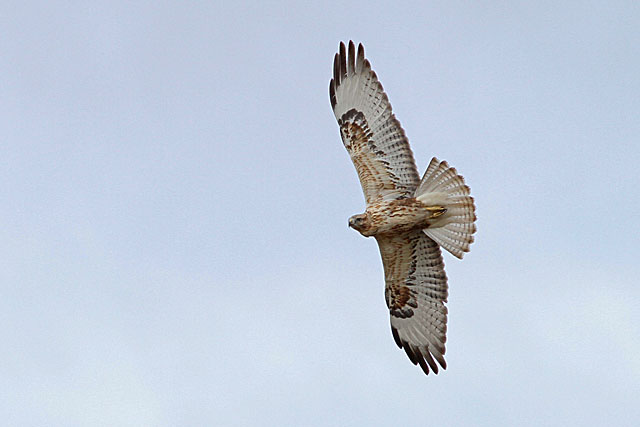
A juvenile Long-legged Bozzard
The lakes themselves varied in character. Lake Kartsakhi on the Turkish border held a nice flock of 58 Dalmatian Pelicans (with 1 White Pelican thrown in for completeness), while Khanchali lake was simply chock full of birds. Estimates of 10,000 Coots and smaller numbers (although still thousands!) of dabbling ducks were made, along with 150 White-winged Black Terns and a family group of Common Cranes. These Cranes are of the highly localised race archibaldi, which only breed in the Javakheti area of Georgia, the extreme NW of Armenia and the extreme NE of Turkey. The breeding population is very small, but with their yellow eyes and lack of any red on the head, the adults are quite distinctive. Many species are split on far less…
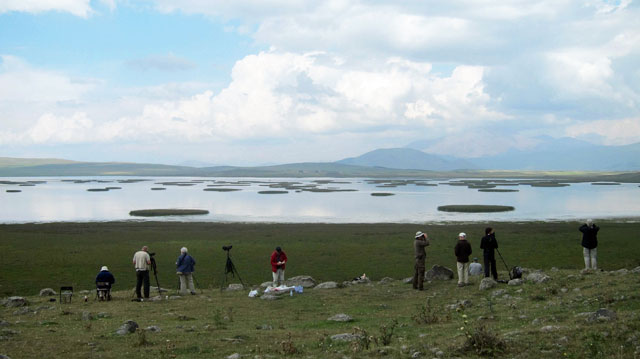
The lakes district
Our last days birding was restricted to a couple of hours in the morning around our hotel in Vardsia Cave Town, a rocky gorge area on the edge of the plateau. Finally, Green Warbler gave itself up to the group with two showing very well along with an adult male Red-breasted Flycatcher in the hotel gardens. Behind the hotel, up to six Rock Nuthatches loudly defended their territories and three Egyptian Vultures soared over the valley as approximately 100 Bee-eaters reminded us that migration was in full swing, even here.
